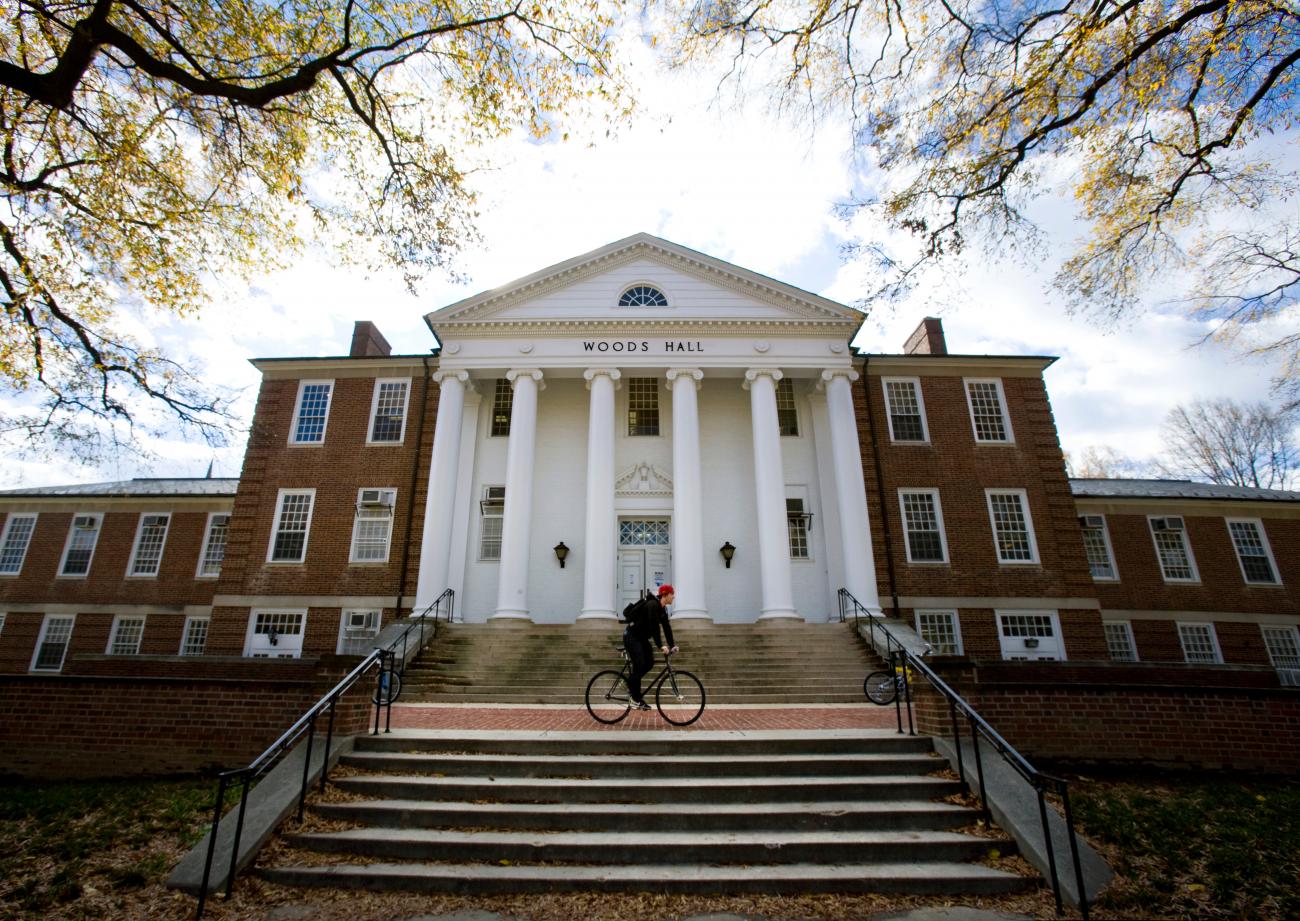Dr. Jen Shaffer and her students in ANTH468O class were featured in the Diamonback.
With the goal of reducing the university’s carbon footprint, a class of anthropology students surveyed the transportation habits of about 365 students, faculty and staff members and asked if they would consider trying more eco-friendly ways to commute.
In April, eight students in ANTH468O: Special Topics in Cultural Anthropology: Researching Environment and Culture launched TerpCrawl.com, which featured the online survey along with live streams of local traffic on roads such as Route 1 and Piney Branch Road and Twitter feeds of campus-related transportation updates. The students also went out across the campus to interview members of the university community about their preferred modes of transportation and the students’ plan to submit their findings to the Department of Transportation Services.
The data showed many commuters were willing to consider greener transportation options. Out of the 105 drivers who took the TerpCrawl survey, 20 percent expressed interest in commuting by bicycle and 28 percent expressed interest in using Shuttle-UM. Moreover, of the 42 who regularly use the shuttle service, 54 percent were satisfied with the system and 71 percent would recommend it as a way to commute to school.
On the other hand, 75 percent of shuttle riders also said bus scheduling is an issue and 67 percent said overcrowding is a problem. DOTS Assistant Director Beverly Malone said members of her department are already considering implementing changes to on-campus transportation services, such as adding more electric vehicle charging stations, creating a vanpool system and adding more bicycle parking spaces.
“From what I gathered through interviews, people are pretty set in their ways,” Anastasia Borovikov, a senior biology major and TerpCrawl project member, wrote in an email. “It’s not a matter of agreeing or disagreeing; that’s not why we are doing research. We want to know what people want. It seems that most people are satisfied with their own choices, and that may be all we get.”
However, sophomore anthropology major and project member Shaiyon Merkel is optimistic that the survey may encourage people to think about greener transportation alternatives.
“I do think it will make a difference,” he said. “What we’re trying to do is see how we can implement reform so that both ways of transportation are made more convenient for students, but also make it more sustainable for the environment and more economical for the university.”
For some students, the choice is already easy.
“I live a mile off campus, so I either walk or ride my bike,” said Kathy Vinokurova, a hearing and speech sciences graduate student. “I feel like I’m not contributing very much [to the carbon footprint].”


